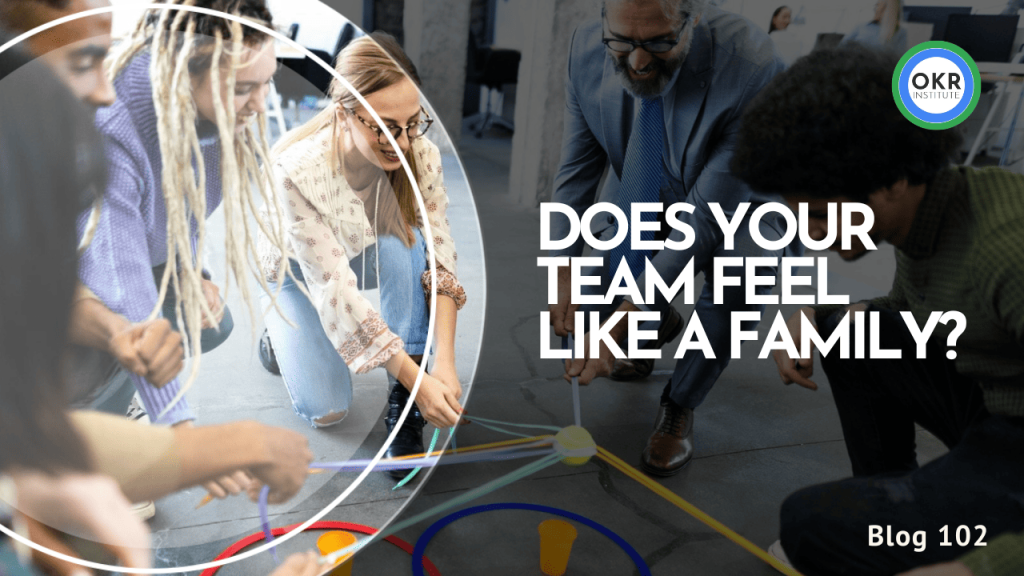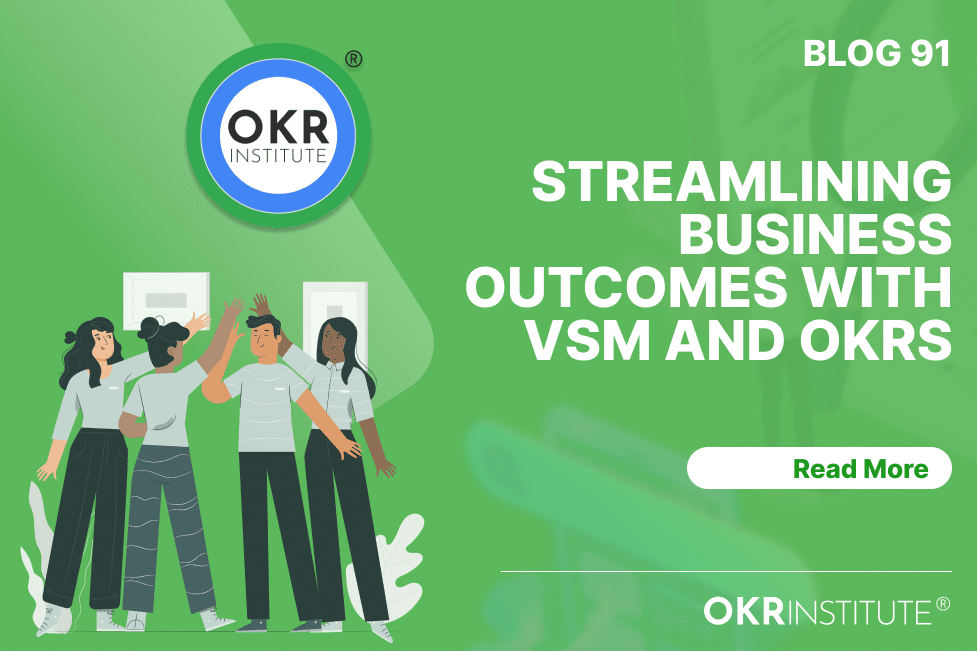Does Your Team Feel Like A Family?

Introduction to Team Identity
Team identity refers to the shared sense of belonging, purpose, and values that bind team members together. It’s the collective perception of “who we are” as a team, encompassing the team’s goals, norms, and unique characteristics. A strong team identity fosters cohesion, commitment, and a sense of pride among members, ultimately enhancing the team’s overall performance.
When team members identify strongly with their team, they are more likely to be motivated, engaged, and willing to collaborate effectively. A robust team identity promotes trust, open communication, and a shared understanding of the team’s objectives. It encourages members to prioritize the team’s interests over individual agendas, facilitating a cooperative and supportive environment.
Moreover, a strong team identity can serve as a unifying force, particularly in times of challenge or adversity. It provides a sense of stability and resilience, enabling the team to navigate obstacles more effectively. Team members who feel a deep connection to their team are more likely to persist through difficulties and remain committed to achieving collective goals.
In summary, cultivating a strong team identity is crucial for fostering a cohesive, motivated, and high-performing team. By nurturing a shared sense of purpose, values, and belonging, teams can unlock their full potential and achieve remarkable outcomes.
Using Inclusive Language
Using inclusive pronouns like “we,” “us,” and “our” can help foster a sense of unity and shared purpose within a team. When team members feel like they are part of a collective effort, they are more likely to be invested in the team’s success and work collaboratively towards common goals.
Inclusive language promotes a sense of belonging and ownership, which can boost morale, motivation, and commitment. For example, instead of saying “I need you to complete this task,” a team leader could say, “We need to work together to complete this task.” This simple shift in language emphasizes that the work is a shared responsibility and that everyone’s contributions are valued.
Furthermore, using inclusive pronouns can help break down silos and encourage cross-functional collaboration. When team members from different departments or backgrounds feel like they are part of the same team, they are more likely to communicate openly, share ideas, and work towards a common vision.
Overall, using inclusive language is a powerful tool for building a strong team identity and promoting a culture of collaboration and shared ownership.
Focusing on Team Goals
Regularly referring to the shared goals of the team is crucial for fostering a strong sense of team identity. When team members are consistently reminded of the collective objectives they are working towards, it reinforces the notion that their individual efforts contribute to a larger, unified purpose.
One effective technique for emphasizing team goals is to dedicate a portion of team meetings to revisiting and discussing the overarching goals. This can involve reviewing progress, addressing challenges, and realigning efforts to ensure everyone remains focused on the shared vision. By making team goals a recurring agenda item, you reinforce their importance and keep them at the forefront of everyone’s minds.
Additionally, you can visually display team goals in the shared workspace or virtual collaboration platforms. Prominently displaying goals serves as a constant reminder of the team’s collective mission and reinforces the idea that everyone is working towards the same objectives.
Another approach is to tie individual contributions and accomplishments back to the team goals. When recognizing or celebrating individual achievements, highlight how those efforts have advanced the team’s progress toward its goals. This practice reinforces the interconnectedness of individual efforts and the team’s overall success.
Furthermore, consider involving the team in setting or refining goals. Collaborative goal-setting not only ensures alignment but also fosters a sense of ownership and commitment among team members. When individuals have a stake in defining the goals, they are more likely to identify with them and feel invested in their collective achievement.
By consistently referring to team goals, visually reinforcing them, tying individual efforts to collective objectives, and involving the team in goal-setting, you can cultivate a strong sense of team identity centered around shared aspirations and a unified purpose.
Encouraging Open Communication
Open communication is vital for fostering a strong team identity. When team members disagree, it’s essential to encourage open dialogue and seek to understand different perspectives. One effective approach is to ask probing questions to gather more information and gain a deeper understanding of the differing viewpoints.
By asking questions that delve into the reasoning behind each stance, you create an environment where team members feel heard and respected. This open exchange of ideas helps to resolve conflicts constructively and reinforces the notion that diverse perspectives are valued within the team.
Moreover, promoting open communication means actively listening to team members’ concerns, ideas, and feedback. Encourage team members to voice their thoughts without fear of judgment or repercussions. This fosters a sense of trust and inclusivity, which strengthens the team’s cohesion and identity.
When disagreements arise, refrain from taking sides or dismissing opinions. Instead, facilitate a productive discussion by allowing team members to express their viewpoints fully. Ask clarifying questions to ensure everyone understands the nuances of each perspective, and guide the team towards finding common ground or a mutually acceptable solution.
Embracing open communication not only helps resolve conflicts but also fosters a culture of transparency and collaboration within the team. Team members feel empowered to contribute their ideas and expertise, knowing that their voices will be heard and valued. This inclusive approach reinforces the team’s identity as a cohesive unit working towards shared goals.
Promoting Collaboration
Collaboration among team members is essential for fostering a strong sense of team identity and achieving collective goals. When team members work together, they develop a shared understanding, leverage diverse perspectives, and build a sense of ownership over the team’s objectives.
One of the primary benefits of collaborative work is the synergy it creates. By combining their strengths and expertise, team members can generate more innovative and comprehensive solutions than they could individually. Collaboration also promotes knowledge sharing, enabling team members to learn from one another and expand their collective knowledge base.
To encourage collaboration, it’s crucial to create an environment that values and rewards teamwork. Consider implementing incentives or recognition programs that celebrate successful collaborative efforts. This could involve acknowledging teams that have worked together effectively or highlighting specific instances where collaboration led to exceptional outcomes.
Additionally, provide opportunities for team members to engage in collaborative activities, such as brainstorming sessions, joint problem-solving exercises, or cross-functional projects. These activities not only foster collaboration but also help team members develop a deeper understanding of each other’s roles and contributions.
Encourage open communication and feedback loops, where team members feel comfortable sharing ideas, concerns, and suggestions without fear of judgment or criticism. This open exchange of perspectives can lead to more robust solutions and a stronger sense of camaraderie within the team.
Finally, lead by example by actively collaborating with team members and demonstrating the value you place on teamwork. Celebrate successes as a team, and ensure that credit is shared among those who contributed to the collective effort.
Socializing as a Team
Organizing social events is a crucial aspect of fostering a strong team identity. These gatherings provide an opportunity for team members to interact in a relaxed setting, fostering personal connections and a sense of camaraderie. When colleagues develop friendships beyond the professional realm, it cultivates a supportive and cohesive team dynamic.
Social events can take many forms, from informal happy hours or potlucks to organized team-building activities or retreats. The key is to create an environment where team members can engage with one another outside of the typical work context, allowing them to discover shared interests, hobbies, or life experiences.
Team bonding activities can range from outdoor adventures like hiking or rock climbing to indoor pursuits like cooking classes or escape rooms. These shared experiences create lasting memories and inside jokes, strengthening the bonds between team members. Friendly competitions, such as trivia nights or sports tournaments, can also ignite a sense of friendly rivalry and team spirit.
Moreover, social events provide an opportunity for team members to learn about each other’s backgrounds, cultures, and perspectives, fostering a deeper appreciation for diversity and inclusion within the team. This understanding can translate into more effective collaboration and problem-solving in the workplace.
Ultimately, socializing as a team is an investment in building a cohesive and motivated group. When team members feel a strong sense of belonging and camaraderie, they are more likely to be engaged, committed, and willing to go the extra mile for the team’s success.
Creating a Sense of Urgency
Effective team leaders understand the importance of instilling a sense of urgency in their team members. This sense of urgency communicates that the team’s work is crucial and carries significant weight. By emphasizing the time-sensitive nature of tasks and the potential impact of the team’s efforts, leaders can motivate their members to approach their responsibilities with heightened focus and dedication.
One way to create a sense of urgency is to clearly articulate the consequences of inaction or missed deadlines. Painting a vivid picture of the ramifications, whether they be financial, reputational, or operational, can help team members grasp the gravity of their collective efforts. Additionally, leaders can highlight the broader organizational or societal implications of the team’s work, underscoring how their contributions fit into a larger, meaningful context.
Regular progress updates and reminders about upcoming milestones can also reinforce the sense of urgency. These updates should not only highlight achievements but also address any potential roadblocks or challenges that could impede the team’s progress. By openly discussing these obstacles, leaders can rally their team to overcome them with renewed determination and a shared sense of purpose.
Ultimately, creating a sense of urgency is about striking the right balance between applying pressure and fostering motivation. Leaders should avoid instilling fear or creating an overly stressful environment, as this can lead to burnout and counterproductive behaviors. Instead, the goal should be to inspire team members to embrace the significance of their work and channel their energy into delivering exceptional results within the given timeframes.
Valuing Diversity
Fostering a strong sense of team identity goes hand-in-hand with valuing the diversity within your team. When you recognize and celebrate the unique perspectives, backgrounds, and experiences that each team member brings to the table, you create an environment where everyone feels valued and respected.
Diverse teams have a distinct advantage in problem-solving and innovation. By embracing different viewpoints and ways of thinking, you open up new avenues for creative solutions and fresh ideas. Encouraging team members to share their unique perspectives can lead to breakthroughs that might not have been possible with a more homogeneous group.
Moreover, valuing diversity helps build a culture of inclusivity and belonging. When team members feel that their differences are embraced rather than suppressed, they are more likely to engage fully, contribute their best work, and feel a strong sense of ownership and commitment to the team’s success.
To foster an appreciation for diversity, make it a point to publicly acknowledge the value of different perspectives and experiences. Encourage open dialogue and create a safe space for team members to share their thoughts and ideas without fear of judgment or criticism. Celebrate the strengths and contributions that each individual brings to the team, and actively seek out opportunities to learn from one another’s unique backgrounds and perspectives.
Encouraging Member Interests
Allowing team members to work on tasks they find interesting and valuable is crucial for boosting engagement and fostering a strong sense of team identity. When individuals feel passionate about their contributions, they are more likely to invest their energy and dedication into the team’s collective efforts.
By encouraging members to take part in work activities that align with their interests and skills, you create an environment where everyone feels valued and motivated. This approach not only enhances productivity but also fosters a sense of ownership and pride within the team.
To effectively encourage member interests, it’s essential to have open conversations and gather feedback from your team. Understand their strengths, passions, and areas of expertise, and then assign tasks accordingly. This not only leverages their talents but also demonstrates that you value their input and preferences.
Additionally, consider rotating responsibilities or allowing team members to take ownership of specific projects that excite them. This approach can ignite their enthusiasm and drive, ultimately benefiting the entire team’s performance and cohesion.
Selective Recruitment
Cultivating a strong team identity starts with selective recruitment. When hiring new team members, it’s crucial to assess not only their technical skills but also their potential fit with the team’s culture and values. Look for candidates who demonstrate effective teamwork abilities, such as collaboration, communication, and conflict resolution skills.
During the interview process, ask situational questions that reveal how candidates approach teamwork. For example, you could inquire about their experience working on cross-functional projects or how they handle disagreements within a team setting. Additionally, consider including a team-based activity or exercise to observe how candidates interact and problem-solve in a group dynamic.
Hiring for culture fit doesn’t mean seeking carbon copies of existing team members. Instead, aim to build a diverse team with complementary strengths and perspectives. However, it’s essential to ensure that new hires share the team’s core values and are committed to fostering a collaborative and inclusive environment.
Remember, selective recruitment is an ongoing process. As your team evolves, regularly reassess your hiring criteria and practices to ensure they align with your team’s identity and goals.
Integrating New Members
Integrating new members into the team is crucial for maintaining a strong sense of identity and cohesion. When newcomers join, they bring fresh perspectives and ideas that can invigorate the team. However, it’s essential to make them feel welcomed and valued from the outset.
One effective way to integrate new members is through a well-structured onboarding process. This should involve familiarizing them with the team’s goals, values, and culture, as well as providing the necessary training and resources to help them succeed in their roles. Additionally, it’s important to assign a mentor or buddy to guide the new member and answer any questions they may have.
Another key aspect of integration is quickly involving new members in team projects. This not only helps them understand the team’s dynamics and workflows but also allows them to contribute their skills and expertise. By actively participating in projects, new members can feel a sense of ownership and belonging within the team.
It’s also beneficial to encourage open communication and collaboration between new members and existing team members. This can be facilitated through regular team meetings, brainstorming sessions, or social events where everyone has the opportunity to interact and share their ideas.
Ultimately, the integration process should be tailored to each individual, taking into account their unique backgrounds, experiences, and learning styles. By fostering an inclusive and supportive environment, teams can effectively integrate new members and strengthen their overall identity and cohesion.
Recognizing Contributions
Acknowledging the skills and achievements of individual team members is crucial for boosting morale and fostering a strong sense of team identity. When team members feel valued and appreciated for their unique contributions, they are more likely to feel a sense of belonging and commitment to the team’s goals.
Recognizing contributions can take many forms, such as public praise during team meetings, personalized notes or emails, or small tokens of appreciation. It’s important to tailor the recognition to the individual’s preferences and contributions, as some may prefer public acknowledgment while others may prefer more private recognition.
Additionally, recognizing contributions should be a consistent practice, not just a one-time event. By regularly highlighting the achievements and skills of team members, you reinforce the message that their efforts are valued and essential to the team’s success.
Effective recognition not only boosts morale but also encourages team members to continue striving for excellence and taking pride in their work. It fosters a positive team culture where everyone feels valued and motivated to contribute their best efforts towards achieving the team’s objectives.
Using Team Symbols
Branded apparel and items like t-shirts, hats, or other merchandise can serve as powerful visual symbols that reinforce team identity. When team members wear or use these branded items, it creates a sense of unity and belonging to the group. These symbols act as a constant reminder of the team’s values, goals, and shared purpose.
Moreover, team symbols can foster a sense of pride and camaraderie among members. Wearing the team’s logo or colors can make individuals feel like they are part of something bigger than themselves, contributing to a collective effort. This shared visual identity can strengthen the bond between team members and create a more cohesive unit.
Additionally, team symbols can help establish a recognizable brand or image for the team within the larger organization or community. This visual representation can increase the team’s visibility and reinforce its identity, making it easier for others to identify and associate with the team’s work and achievements.
Assessing and Improving Team Identity
Evaluating your team’s current practices and identifying areas for improvement is crucial for fostering a strong sense of team identity. By reflecting on the responses to the assessment questions, you can gain insights into the strengths and weaknesses of your team’s identity.
If you answered “no” to more than three questions, it may be an indication that your team’s identity could be strengthened. In such cases, it is advisable to brainstorm strategies and initiatives to address the areas that require attention.
Seeking guidance from experienced professionals, such as your supervisor, team sponsor, or colleagues who have successfully built cohesive teams, can provide valuable insights and recommendations. They may offer fresh perspectives, share best practices, or suggest practical techniques tailored to your team’s specific needs.
Additionally, involving your team members in the process of enhancing team identity can be highly beneficial. Encourage open discussions, solicit feedback, and gather suggestions from team members. Their input can provide a deeper understanding of their perceptions, concerns, and ideas for fostering a stronger sense of belonging and unity within the team.
By actively engaging your team members, you not only demonstrate your commitment to building a cohesive group but also empower them to take ownership and contribute to the process. This collaborative approach can lead to more effective and sustainable solutions, as team members feel valued and invested in the team’s success.
CEO of the OKR Institute
Related Courses
Recent Posts
Tags
#OKR
#OKR Implementation
#Core Values







